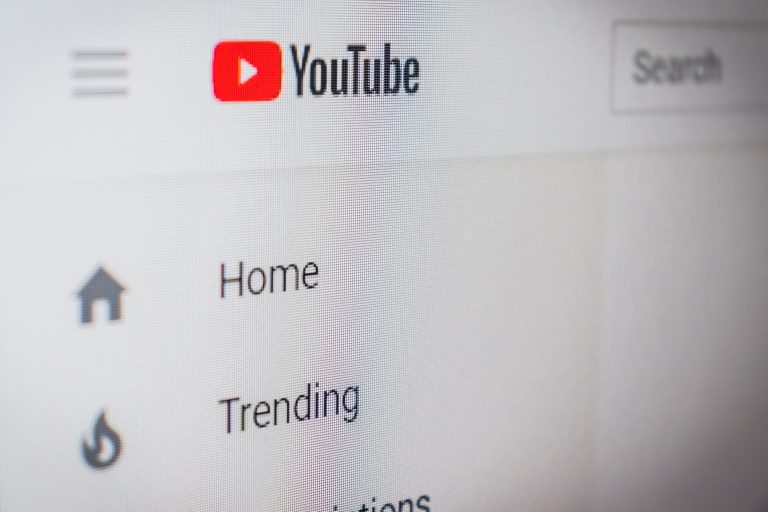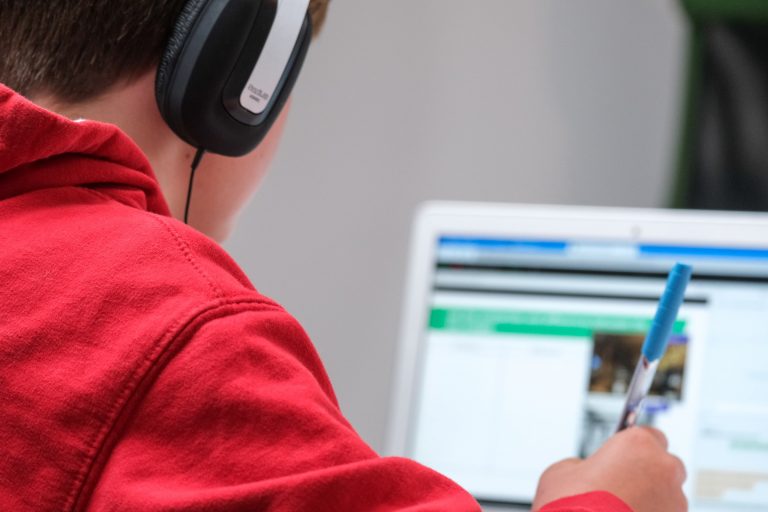Advantages of and Strategies for Blended Learning
As the education sphere adjusts to a post-COVID world, blended learning—which had already been on the rise—has only become a more fundamental learning methodology for instructors to master.
So, what is blended learning? Blended learning uses conventional face-to-face instruction while integrating various methods of online learning. This gives both students and instructors more flexibility to customize education to fit their needs.
Keeping in mind how fundamental the blended learning methodology has become, here are some of the advantages of blended learning and some strategies to get the most out of this fundamental teaching methodology.
Advantages
1. Increased Student Autonomy: The blended learning model means that students can do much of their work and learning anywhere and anytime they have internet access. Students can take as long as they need on any particular subject, unhindered by the learning speeds of their fellow students.

2. Increased Student Engagement: Blended learning provides different opportunities for student engagement, be it through videos, quizzes, flash cards, online tutorials, presentations, and group work. With such a variety of opportunities, students will find a learning method that fits their needs and encourages their engagement and their confidence.
3. Improved Comprehension: When done correctly, blended learning increases comprehension in a natural way. Students will spend time learning the base theory via technology before classes, in-person, face-to-face instruction can be focused on building and developing comprehension in active ways, and time after class can be used to give a final refresh where students can test their comprehension.
Strategies
For all the advantages blended learning brings, it’s not as simple as just setting up an LMS. No, like all teaching methods, it takes preparation and strategy to get the full benefit. Here are three strategies to keep in mind.
1. Use a Variety of Teaching Techniques: Link face-to-face instruction with complementary virtual learning. Follow up an in-class lecture with online discussions or forums. Pair instructional, introduction videos with hands-on activities in class. Instructors may find that certain activities work best with their form of instruction, and the combinations are as limitless as an instructor’s imagination—consider blogs, videos, eBooks, and podcasts, as well as other unconventional learning activities.

2. Use Before, During, and After Activities: One of the beauties of blended learning is that much of the learning can be done outside of the classroom, acting as a supplement to and an enhancement of in-class instruction.
Materials assigned before class should address the lower, basic levels of the subject, and should function to give the students exposure to the topic. Introduction videos, online textbooks, and other engagement tools are often used here.
Materials assigned during class should build on the knowledge gained in the assignments given before class, and they should take advantage of the face-to-face interaction to create learning exercises that require and benefit from in-person participation.
Materials assigned after class should act as a recap and consist of activities—such as quizzes, homework problems, or writing assignments—that build upon the foundation created during learning activities before and during class.
3. Use a Variety of Assessment Methods: An instructor’s teaching methods are not the only things that can take an online format. While an instructor may wish to keep to some of the traditional assessment methods, such as essays and quizzes, the addition of online learning can give students the opportunity to get creative and engage with the content in new ways. Consider giving students the opportunity to make their own YouTube videos, create instructional podcasts, design infographics, or even put together their own tutorial.
Blended learning as a teaching methodology is here to stay. As an instructor, it’s essential to understand the benefits of blended learning—for both instructors and students—and to engage with blended learning in a way that will create the most success for everyone involved.
SOURCES
Focus, Faculty. “Exploring Blended Learning Strategies: Faculty Focus.” Higher Ed Teaching & Learning. Faculty Focus, August 13, 2021. https://www.facultyfocus.com/articles/blended-flipped-learning/exploring-blended-learning-strategies/.
Stauffer, Bri. “Top 7 Blended Learning Strategies for CTE.” AES, March 22, 2022. https://www.aeseducation.com/blog/blended-learning-strategies-cte.
Weitzel, Alex. “8 Advantages of Blended Learning Programs.” CourseKey, May 25, 2022. https://coursekey.com/blog/7-advantages-of-blended-learning-programs/.







